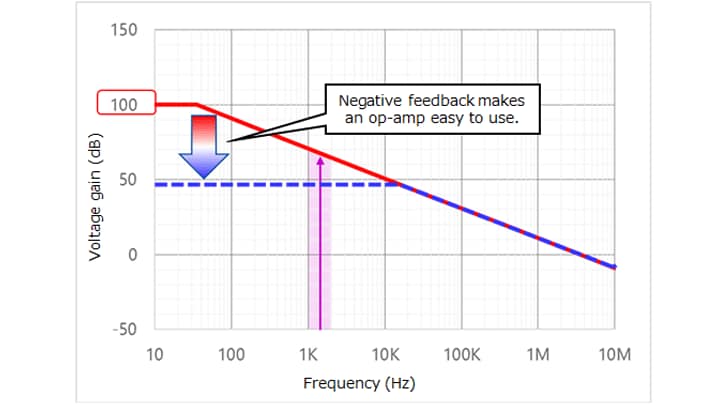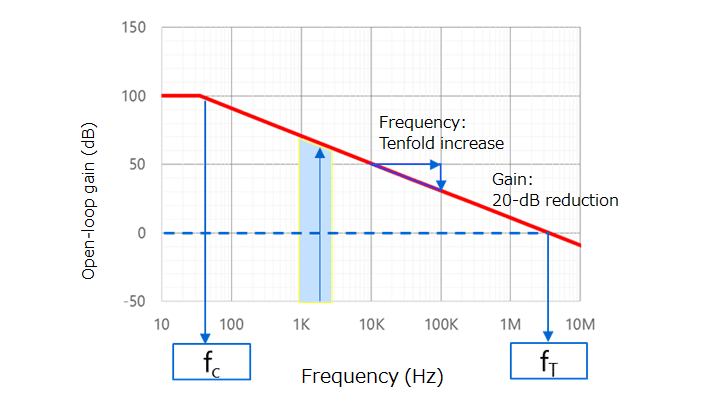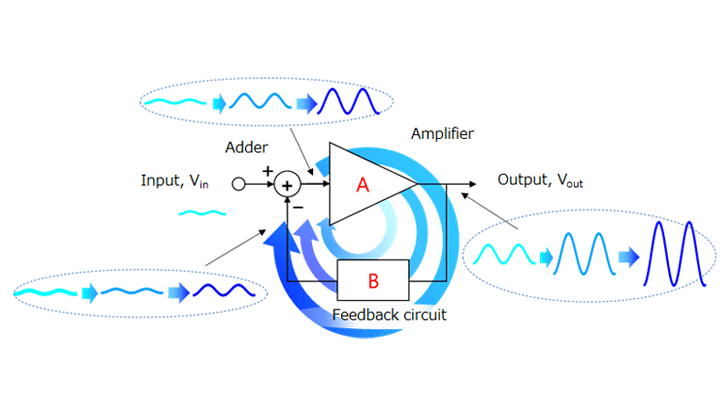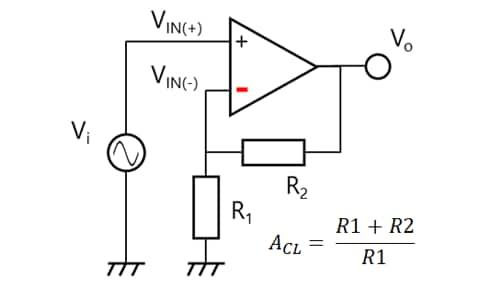- 半導體首頁
-
應用Automotive
Body Electronics
xEV
In-Vehicle Infotainment
Advanced Driver-Assistance Systems (ADAS)
Chassis
IndustrialInfrastructure
BEMS/HEMS
Factory Automation
Commercial Equipment
Consumer/PersonalIoT Equipment
Healthcare
Wearable Device
Mobile
Computer Peripherals
-
產品車用元件
Discrete Semiconductor
Diodes
電晶體
通用邏輯IC
Analog Devices
Digital Devices
Wireless Devices
※
: Products list (parametric search)
功率半導體※
: Products list (parametric search)
隔離器/固態繼電器Photocouplers
Digital Isolators
※
: Products list (parametric search)
MOSFETsIGBTs/IEGTs雙極性電晶體※
: Products list (parametric search)
Diodes※
: Products list (parametric search)
微控制器馬達驅動 ICs智能功率 ICs※
: Products list (parametric search)
電源管理 ICs線性 ICs※
: Products list (parametric search)
通用邏輯 ICs線性影像感測器其他產品其他產品
※
: Products list (parametric search)
-
開發/設計支援
開發 / 設計支援
-
技術知識
- 購買管道
- 型號 & 關鍵字搜尋
- 交叉搜尋
- 參數搜尋
- 線上庫存查詢跟購買
This webpage doesn't work with Internet Explorer. Please use the latest version of Google Chrome, Microsoft Edge, Mozilla Firefox or Safari.
型號需要超過三個文字以上 Search for multiple part numbers fromhere.
The information presented in this cross reference is based on TOSHIBA's selection criteria and should be treated as a suggestion only. Please carefully review the latest versions of all relevant information on the TOSHIBA products, including without limitation data sheets and validate all operating parameters of the TOSHIBA products to ensure that the suggested TOSHIBA products are truly compatible with your design and application.Please note that this cross reference is based on TOSHIBA's estimate of compatibility with other manufacturers' products, based on other manufacturers' published data, at the time the data was collected.TOSHIBA is not responsible for any incorrect or incomplete information. Information is subject to change at any time without notice.
型號需要超過三個文字以上
2.1. Feedback (positive and negative feedback)
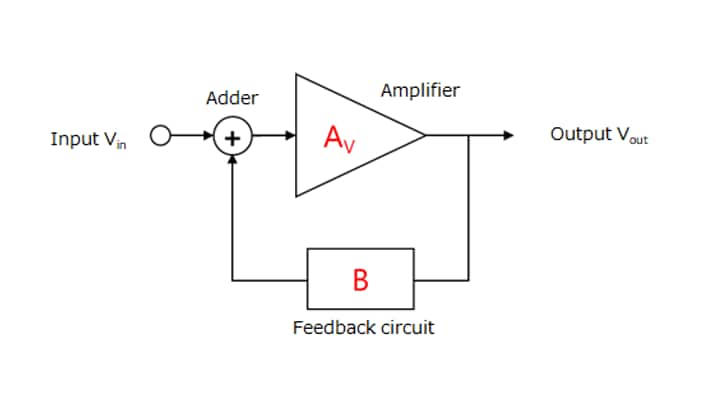
Op-amps are generally used with negative feedback.
This section briefly describes negative feedback. There are two types of feedback loops: positive and negative.
For example, positive feedback can be compared to the following cycle:
1) You study hard, and your grades improve.
2) As your grades improve, studying becomes more enjoyable, and you study more.
3) Your grades improve further.
In other words, positive feedback is a process that further increases the effects of a small change in output.
In contrast, negative feedback can be compared to the following cycle:
1) You study hard, and your grades improve.
2) You spend less time studying and more time relaxing.
3) Your grades drop.
4) You spend less time relaxing and more time studying.
5) Your grades get back to the previous level.
It is a process of trying to keep the results (i.e., your grades in this example) constant. This process is called negative feedback.
Figure 2-2 shows an amplifier circuit with feedback. It consists of an amplifier, a feedback circuit, and an adder (or a subtractor). AV is the open-loop gain of the amplifier, and B is the feedback factor.
The amplifier amplifies the input signal and outputs an amplified signal. Part of the output is returned to the input of the amplifier via the feedback circuit and the adder.
When Vin changes, negative feedback changes the input to the amplifier in order to counteract the effect of the change in Vin. Conversely, positive feedback increases the effects of the change in Vin.
The output (Vout) is equal to the sum of the Vin and feedback signals multiplied by the open-loop gain of the amplifier:
Vout = AV × (Vin + B × Vout)
This can be rewritten as:
Vout = AV × Vin / (1 − AV × B)
If the feedback signal (AV × B × Vout) has the same phase as the VIN signal, the amplifier circuit has positive feedback. If the feedback signal has the opposite phase to the VIN signal, the amplifier circuit has negative feedback.
Positive feedback: Vout = AV × Vin / (1 − | AV × B |)
Negative feedback: Vout = AV × Vin / (1 + | AV × B |)
Although an op-amp has a very high open-loop gain, it is difficult to use because of its frequency dependence (see Section 2.2). Therefore, an op-amp is generally used with negative feedback. Negative feedback causes its gain to decrease substantially. On the other hand, negative feedback increases the frequency bandwidth in which the gain curve remains flat and decreases the output impedance. In addition, negative feedback makes it possible to create an easy-to-handle amplifier because it compensates for variations in gain.
Normally, positive feedback is not used for amplifiers. For example, positive feedback is used to provide hysteresis for oscillators and comparators. (If you are interested in this, see the FAQ entry: “How can I provide hysteresis (Schmitt trigger) for a comparator?”
Related information
Chapter2 Using an op-amp
Related information
- Products
- Application Notes
- FAQs
- Parametric Search
- Stock Check & Purchase


